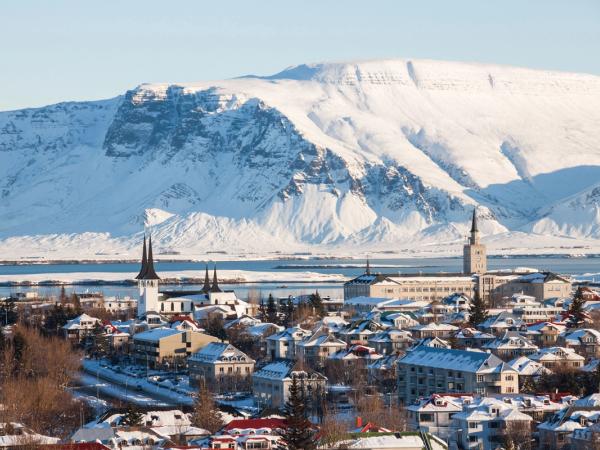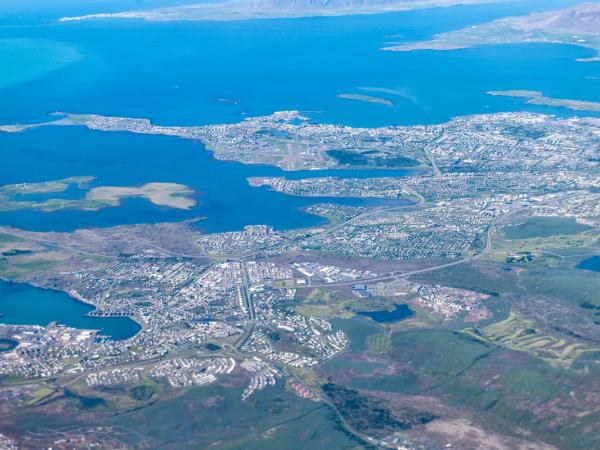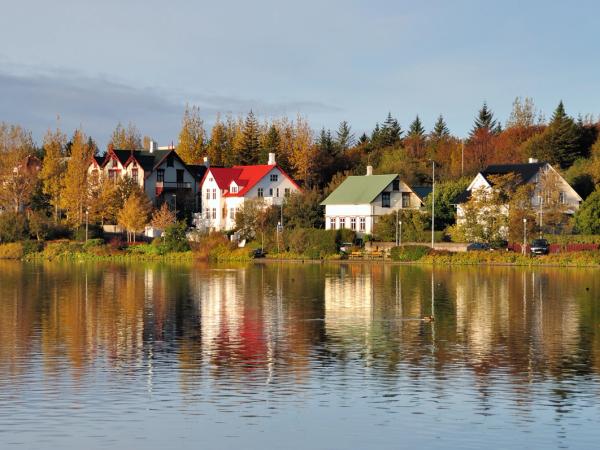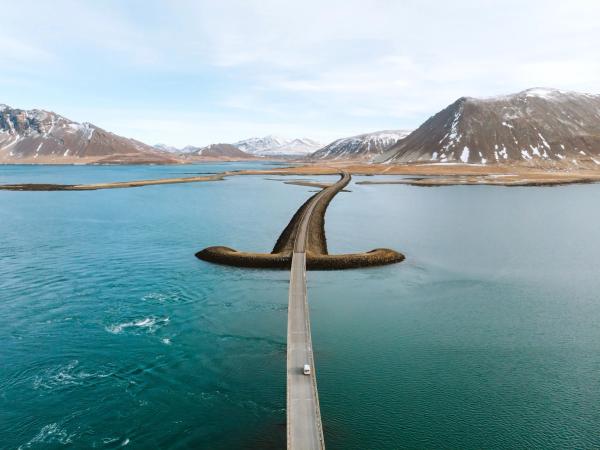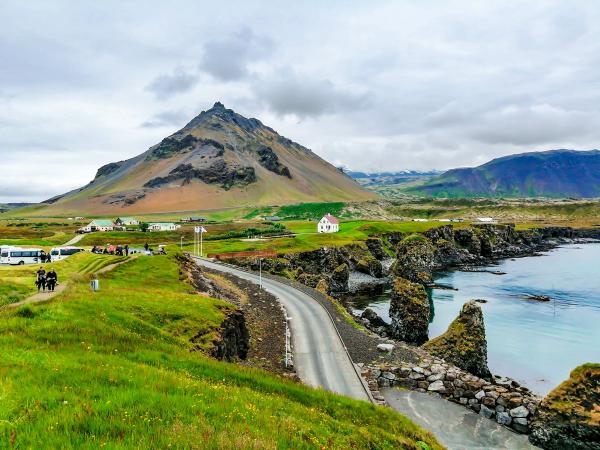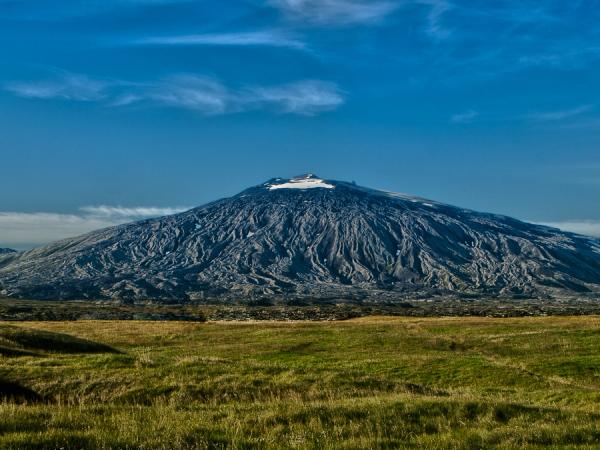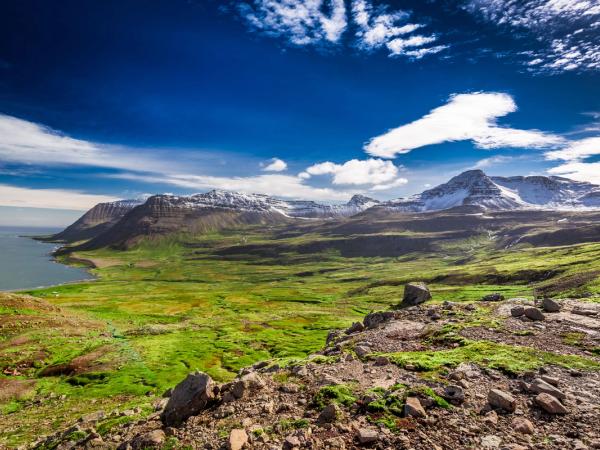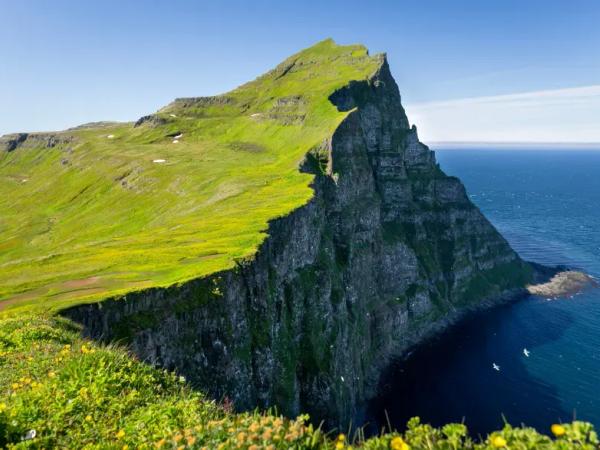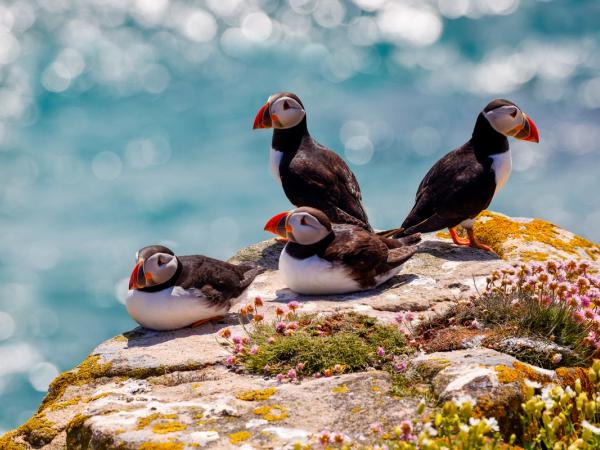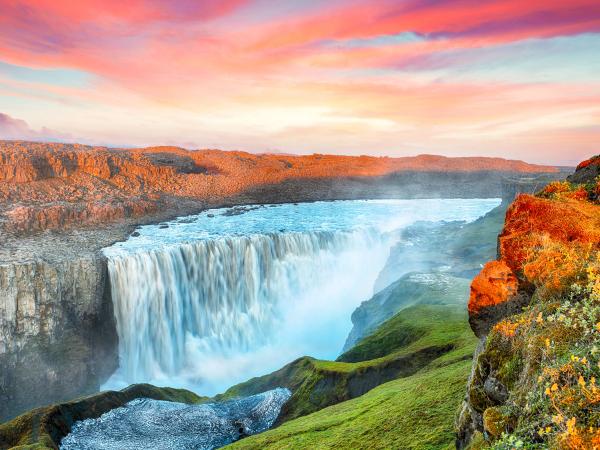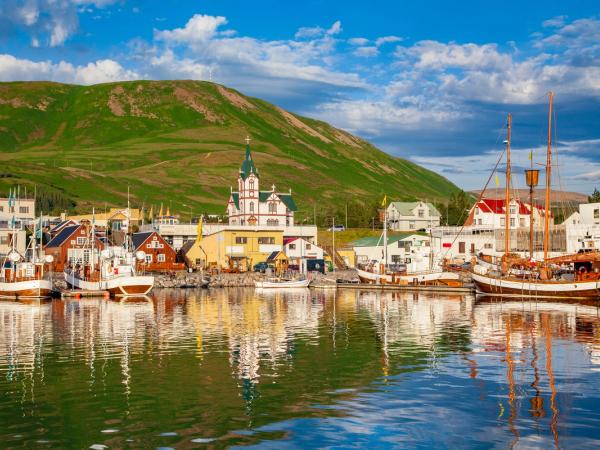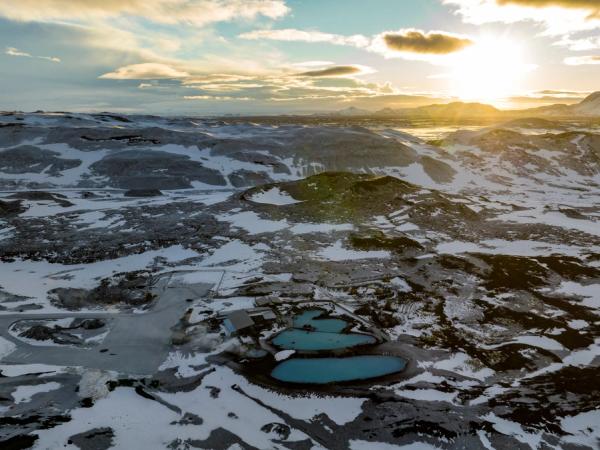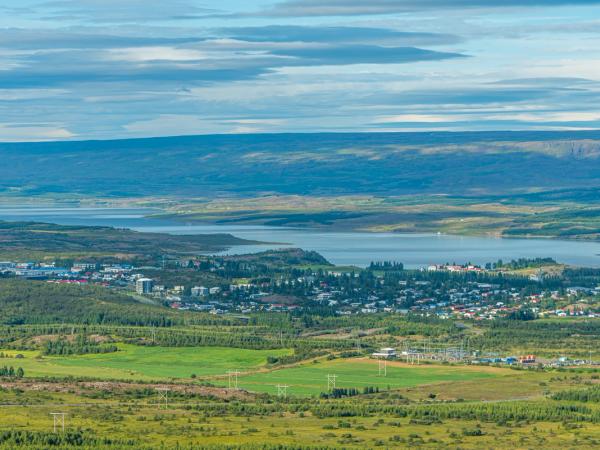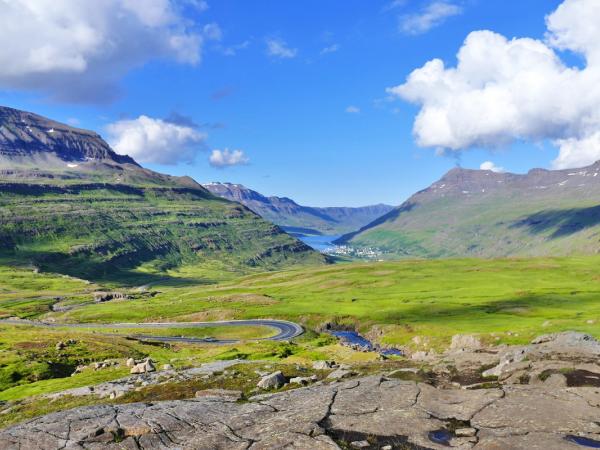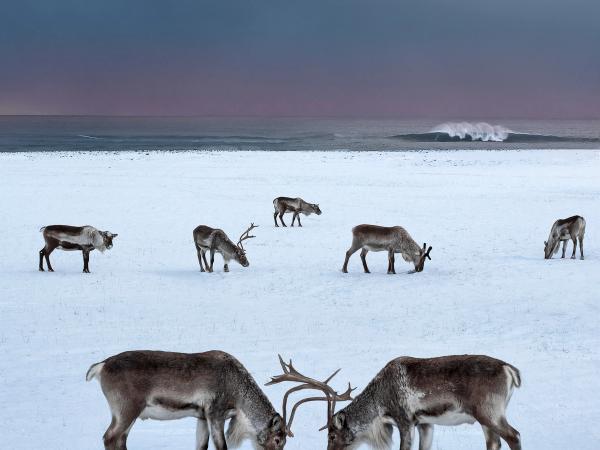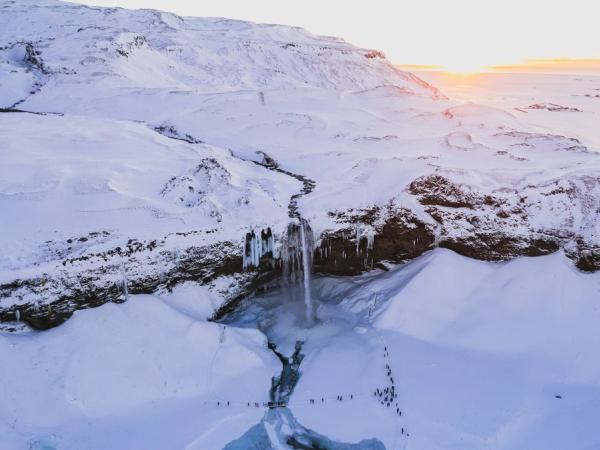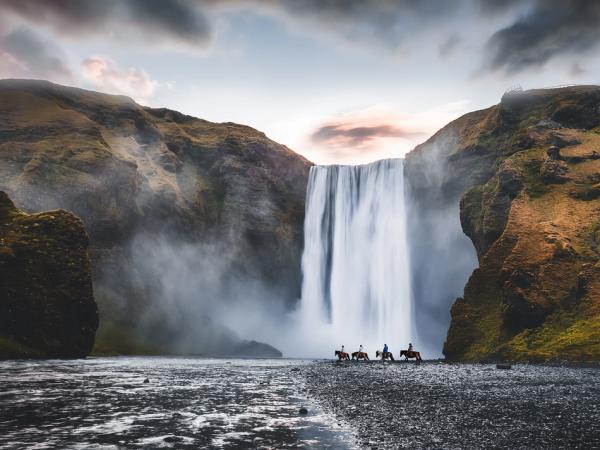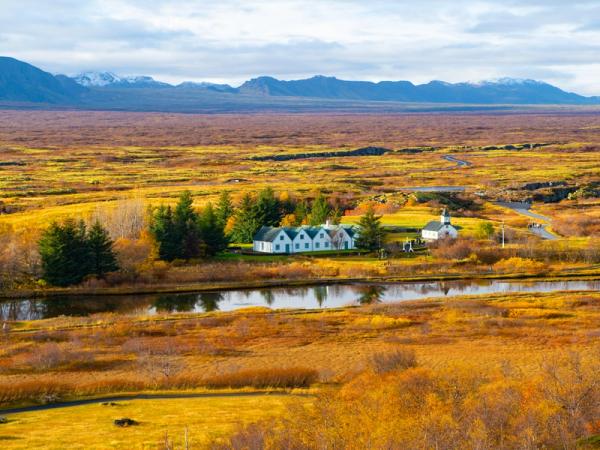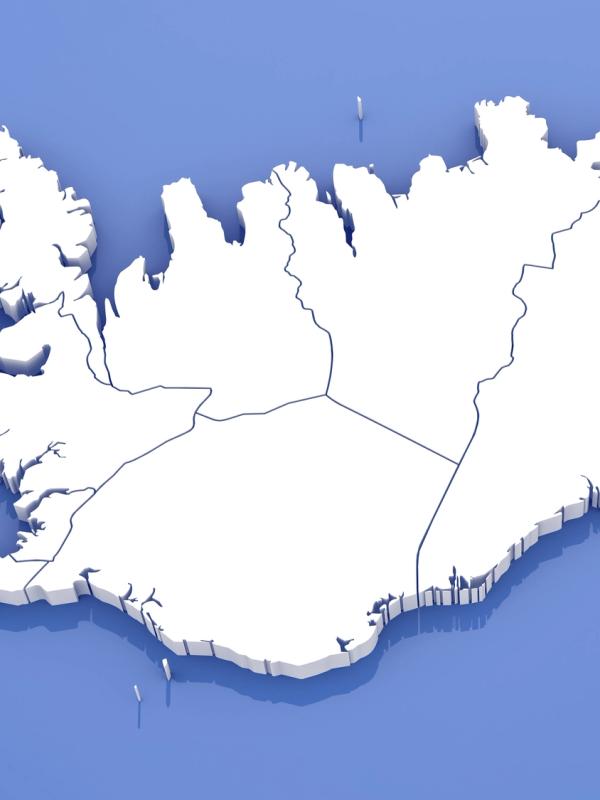
Iceland's 8 Regions: Your Complete Guide to the Land of Fire and Ice
Iceland may appear small on a map, but this Nordic island nation packs incredible diversity into its 103,000 square kilometers. From urban Reykjavík to the remote fjords, Iceland is divided into eight distinct regions. Each has its own vibe, attractions, and experiences.
Whether you're planning your first trip or returning to explore new areas, understanding Iceland's regions will help you make the most of your time. Some regions buzz with tourists. Others offer complete peace and quiet. The weather, landscape, and culture all shift as you travel around.
Key Takeaways
- Iceland has 8 official regions used for stats and planning, ranging from busy Reykjavík to the remote Westfjords
- Population varies like crazy - the Capital Region houses 244,000 people (64% of Iceland's total) while the Westfjords have only 7,000 residents
- Each region offers unique experiences - from city culture and hot springs to volcanic landscapes and puffin colonies
- Getting around differs greatly - some regions connect easily by road while others need flights or ferry rides
- Tourism isn't spread evenly - the south and capital see millions of visitors while eastern and northern areas stay relatively quiet
- Weather and seasons hit each region differently - timing your visit matters for whale watching, Northern Lights, and hiking
Capital Region (Höfuðborgarsvæðið) - Urban Heart
The Capital Region centers around Reykjavík and houses nearly two-thirds of Iceland's 397,000 people in just 1,062 square kilometers. That's pretty packed for Iceland. Reykjavík itself has about 140,000 residents, and it’s the world's northernmost capital. The region's economy is driven by finance, technology, tourism, and government employment. Despite being urban, you're never more than 30 minutes from stunning nature, which explains why locals are so happy.
The weather here is surprisingly mild thanks to warm ocean currents. Winter temperatures rarely drop below -5°C, and summers can hit 15-20°C. Tourism peaks in summer when you get nearly 24 hours of daylight thanks to the Midnight Sun - pretty wild. The region offers world-class museums, vibrant nightlife, and plenty of easy day trips. Must-sees include Hallgrímskirkja church, with stunning views from the top, the vibrant downtown area that's perfect for wandering, and local hot springs like Laugardalslaug, where everyone hangs out.
Southern Peninsula (Suðurnes) - Volcanic Gateway
Suðurnes spans 829 square kilometers and is home to approximately 31,000 people. Keflavík is the main town near Iceland's international airport. This region sits right on the Mid-Atlantic Ridge, making it one of the most active volcanic spots on Earth. Recent eruptions at Fagradalsfjall have created brand-new landscapes and drawn thousands of adventure seekers. The economy relies heavily on tourism, fishing, and all that airport traffic.
The peninsula experiences Iceland's typical oceanic climate, but with more wind due to its relatively flat terrain. The famous Blue Lagoon geothermal spa attracts visitors year-round, and summer offers the best weather for exploring the lava fields and coastline. Beyond the Blue Lagoon, this area encompasses the Reykjanes Peninsula, where you can literally walk between tectonic plates at the Bridge Between Continents, check out the Reykjanes UNESCO Geopark, and visit the Viking World Museum in Keflavík.
Pro tip: This region is ideal for your first or last day, as you're conveniently close to the airport.
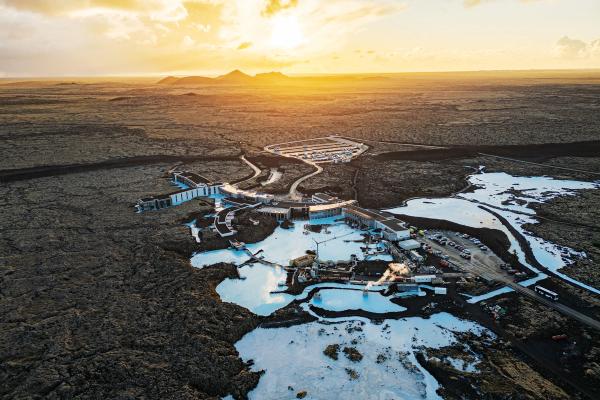
Western Region (Vesturland) - Iceland in Miniature
Vesturland spans 9,554 square kilometers, yet it is home to only 17,400 people. That gives it a real frontier feel even though it's close to Reykjavík. Borgarnes serves as the main town with about 2,000 residents. The Snæfellsnes Peninsula is the star of the show here and earns its nickname "Iceland in Miniature" because it packs glaciers, volcanoes, black sand beaches, and dramatic coastlines into a compact area. The economy is a mix of tourism, farming, and small-scale fishing.
The weather varies greatly from coastal areas to inland valleys. The Snæfellsjökull glacier creates its own weather patterns. Summer offers the best hiking conditions, while winter provides excellent opportunities to see the Northern Lights, as there's barely any light pollution.
Snæfellsjökull National Park is home to most of the region's attractions, featuring the glacier-capped volcano that inspired Jules Verne's "Journey to the Center of the Earth." Don't miss Kirkjufell mountain (one of Iceland's most photographed peaks), the black pebble beach at Djúpalónssandur, and Hraunfossar waterfalls that literally emerge from underneath a lava field.
Westfjords (Vestfirðir) - Remote Wilderness
The Westfjords cover 9,409 square kilometers, but they house only 7,200 people. It's basically empty. Ísafjörður has 2,600 residents and serves as the main town. This remote peninsula runs on fishing, a bit of tourism, and government jobs. The isolation has helped to keep old traditions alive, which is excellent for visitors, but young people often go to school and work in Reykjavík.
The weather here can be brutal. We're talking about strong winds and heavy snow that often cut off roads in winter. Summer is much better for hiking and bird-watching, though the weather changes fast. Always check conditions before heading out here.
The region really pays off for adventurous travelers who want to see Iceland at its wildest. Dynjandi waterfall drops down in tiers like a massive wedding dress. Látrabjarg cliffs give you Europe's best puffin watching from May to August (bring binoculars). Hornstrandir Nature Reserve has pristine hiking with zero people around, and the Arctic Fox Centre in Súðavík teaches you about Iceland's only native land mammal.
Northwestern Region (Norðurland Vestra) - Agricultural Heritage
This farming area spans 12,737 square kilometers with about 7,300 residents centered around Sauðárkrókur. The economy is primarily driven by farming, particularly horse breeding and sheep ranching, as well as some tourism and fishing. Skagafjörður valley is famous all over Iceland for its horses. They've been breeding Icelandic horses here for over 1,000 years. The tradition runs deep.
The weather is relatively mild, thanks to its sheltered valleys, although it often snows in winter on the higher elevations. Summer is perfect for horseback riding and exploring historical sites.
This region attracts people interested in authentic Icelandic culture, rather than just its dramatic landscapes. Glaumbær turf houses show how Icelanders lived for centuries - it's like time travel. Hólar has Iceland's second-oldest cathedral and remains of an old university. The Icelandic Emigration Center in Hofsós tells the story of the people who moved to North America back in the 19th century. Grettislaug hot springs let you soak while learning about ancient sagas. Pretty neat combo.
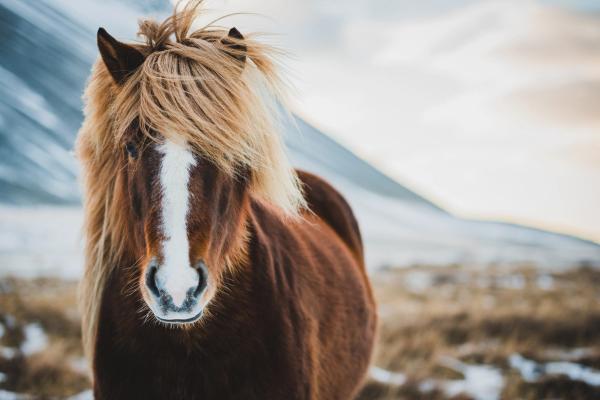
Northeastern Region (Norðurland Eystra) - Northern Capital
This region covers 21,968 square kilometers and is home to 31,600 residents. Akureyri is the main city here, with 19,000 people - they call it the "Capital of the North." It's got all the city comforts while serving as your base for exploring incredible natural wonders. The economy is diversified, featuring education (with a university), fishing, some light industry, and growing tourism.
The weather here is Iceland's most reliable thanks to the mountains that block the nasty Atlantic storms. Akureyri actually gets less rain than London and has pretty warm summers.
You can do stuff year-round - ski in winter, whale watch in summer. Lake Mývatn is the star with its volcanic craters and tons of birds. Dettifoss is Europe's second most powerful waterfall - it's absolutely massive and loud. Húsavík became Iceland's whale watching capital since humpback whales show up regularly in summer. Mývatn Nature Baths offer a relaxing alternative to the Blue Lagoon, without the overwhelming crowds.
Eastern Region (Austurland) - Hidden Fjords
Austurland covers 16,412 square kilometers, yet it has only 11,100 inhabitants. It feels wonderfully isolated. Egilsstaðir (2,500 people) serves as the central hub, while Seyðisfjörður (700 people) captivates visitors with its artsy atmosphere. The economy is driven by fishing, aluminum smelting, and growing tourism, particularly from visitors arriving on the weekly ferry from Denmark.
The weather in the east is drier than in western Iceland, as the mountains block the Atlantic storms. Summer's great for hiking, while winter can (and usually does) bring snow that closes mountain roads.
This region attracts travelers seeking authentic experiences away from the crowds. Hallormsstaðaskógur is Iceland's biggest forest - trees are pretty rare here, so it's special. Hengifoss waterfall has cool red clay stripes in the rock. Seyðisfjörður's colorful houses and arts festivals create a creative vibe. The eastern fjords offer some of Iceland's most scenic drives along twisty coastal roads. Here is also where you’ll see reindeer.
Southern Region (Suðurland) - Tourist Heartland
The Southern Region spans 30,835 square kilometers and is home to 34,100 residents. Selfoss (9,000 people) is the main town, while the tiny town of Vík (600 people) draws tourists like crazy for its black sand beaches. This region gets more visitors than anywhere else in Iceland, thanks to the Golden Circle route and the famous spots along the South Coast, which are plenty. The economy balances tourism with farming - Iceland's best farmland is here.
The weather is unpredictable, as the region is situated in the path of Atlantic storms, yet it also experiences some of Iceland's warmest summer temperatures. The area around Hella and Selfoss produces a vast amount of crops in greenhouses. Tourism is available year-round, with summer being the peak season.
The Golden Circle, Iceland’s most famous route, comprises Þingvellir National Park (where tectonic plates meet), the mighty Gullfoss waterfall, and the Geysir area. Seljalandsfoss, located on the South Coast, allows you to walk behind the water curtain (definitely bring a raincoat). Skógafoss drops 60 meters straight down. Reynisfjara, a black sand beach near Vík, features dramatic rock formations and powerful waves. Safety warning: Those waves can kill you, so stay back from the water.
Conclusion
Iceland's eight regions offer something for every type of traveler. From city lovers to wilderness seekers - there's a spot for you. The Capital Region gives you urban sophistication with easy nature access, while remote areas like the Westfjords reward adventurous spirits with untouched landscapes.
Planning which regions to visit depends on your interests, time, and travel style. First-timers often focus on the south and west for those famous sights, while returning visitors discover the quieter charms of the north and east. Whatever you choose, Iceland's small size means you're never far from your next amazing experience.

